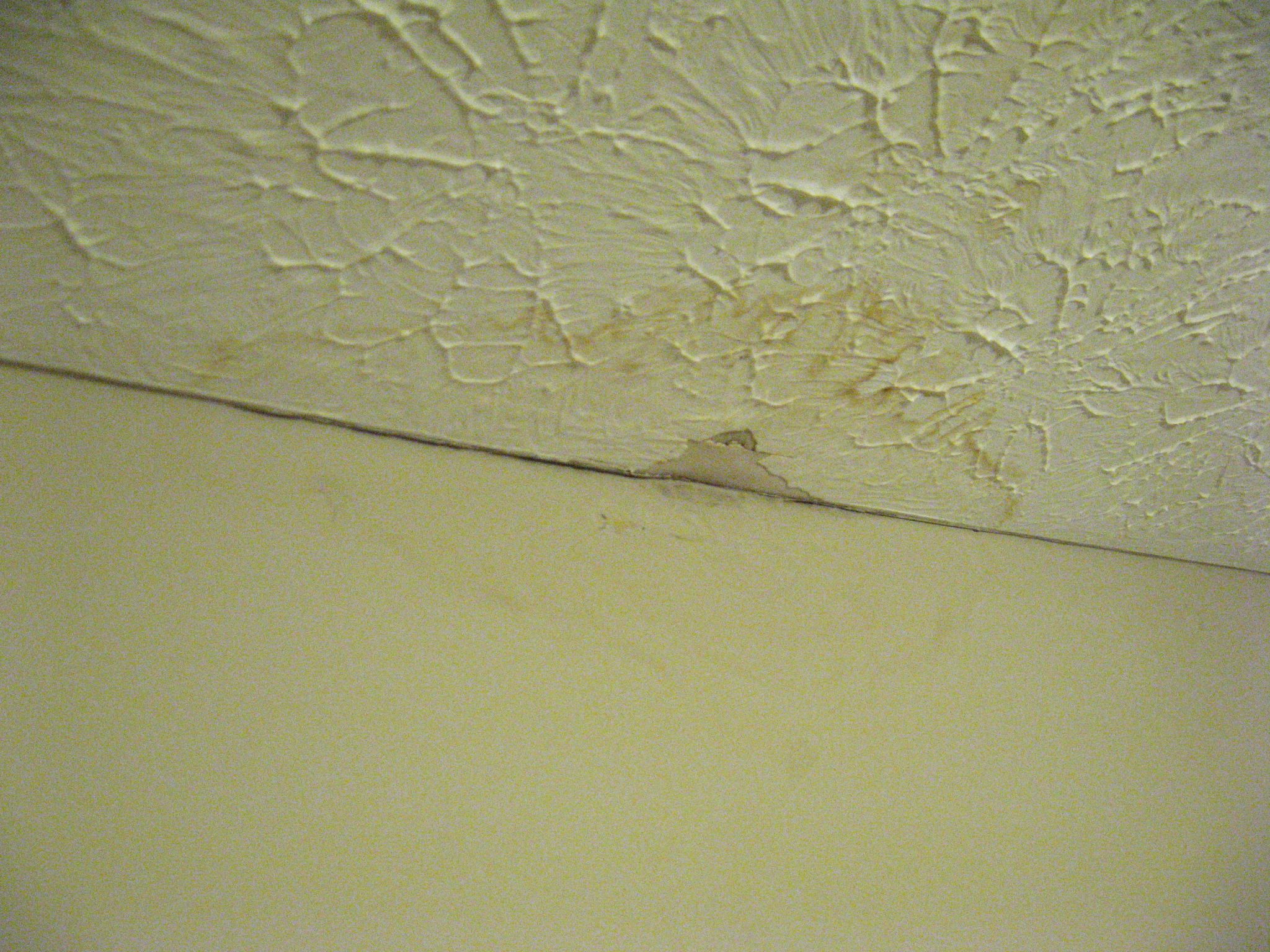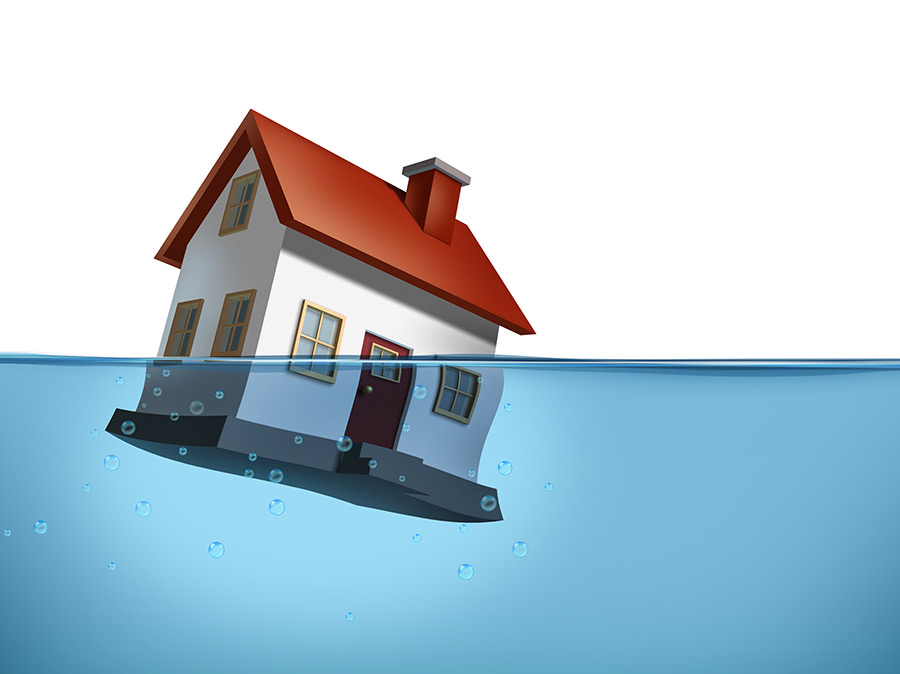Your Home's Common Typical Causes of Leak Problems: In-Depth Analysis
Your Home's Common Typical Causes of Leak Problems: In-Depth Analysis
Blog Article
Right here below you can get more dependable points concerning Top Causes of Home Water Leaks.

Leaks not just create waste of water yet can also trigger unnecessary damage to your home and promote undesirable natural development. Regrettably, water leakages may go unnoticed because the majority of the pipework in our home is concealed. By recognizing and looking for daily circumstances that cause leaks, you can secure your house from future leaks and unneeded damages. Today, we will look at 6 leakage creates that may be causing your pipes to drip.
Immediate temperature level changes.
Extreme temperature level adjustments in our pipelines can cause them to expand and also contract suddenly. This expansion and tightening might trigger fractures in the pipes, especially if the temperature level are below freezing. It would be best if you watched on exactly how your plumbing works. The visibility of the previously mentioned scenarios regularly indicates a high threat.
Corroded water supply
This could be the cause of staining or warping on your water pipes. If our plumbing system is old, take into consideration replacing the pipes because they are at a higher risk of deterioration than the more recent designs.
Malfunctioning Pipeline Joints
The factor at which your pipelines connect is frequently the weakest link in the waterline. Pipe joints can weaken gradually, causing water leaks. However, most of pipe joints are not quickly noticeable. If you have loud pipelines that make ticking or banging sounds, especially when the hot water is turned on, your pipeline joints are probably under a great deal of stress. It is recommended to have your plumber inspect your system once a year.
Encroaching roots
Many water leaks begin outside the home instead than inside it. You may discover damp spots or sinkholes in your backyard, as well as that might indicate that tree origins are invading water lines creating water to permeate out.
Poor Water Connectors
Sometimes, a leak can be brought on by loose hoses and also pipes that provide your home appliances. More often than not, changing is what triggers the loosened water Connections. You could find when it comes to a cleaning device, a tube may spring a leakage due to drinking during the spin cycle. In case of a water connections leakage, you may see water running directly from the supply line or pools around your appliances.
Clogged Drains
Clogged drains might be frustrating and also inconveniencing, but they can in some cases end up creating an overflow resulting in break pipes. Keep removing any products that may decrease your drains pipes that can clog them to prevent such aggravations.
All the above are root causes of leaks but not all water leakages result from plumbing leaks; some leaks may come from roofing system leaks. All leaks must be fixed right away to stay clear of water damages.
Leaks not only trigger waste of water but can also trigger unnecessary damages to your house and also advertise undesirable organic growth. By comprehending as well as looking for everyday situations that create leakages, you can protect your home from future leaks and also unnecessary damage. Today, we will certainly look at 6 leakage causes that may be causing your pipes to leak.
At times, a leakage can be created by loosened pipes and also pipelines that provide your devices. In instance of a water links leakage, you might observe water running straight from the supply line or puddles around your appliances.
How To Check For Water Leak In Your Home
How To Check for Leaks
The average household's leaks can account for nearly 10,000 gallons of water wasted every year and ten percent of homes have leaks that waste 90 gallons or more per day. Common types of leaks found in the home are worn toilet flappers, dripping faucets, and other leaking valves. These types of leaks are often easy to fix, requiring only a few tools and hardware that can pay for themselves in water savings. Fixing easily corrected household water leaks can save homeowners about 10 percent on their water bills.
To check for leaks in your home, you first need to determine whether you're wasting water and then identify the source of the leak. Here are some tips for finding leaks:
Take a look at your water usage during a colder month, such as January or February. If a family of four exceeds 12,000 gallons per month, there are serious leaks.
Check your water meter before and after a two-hour period when no water is being used. If the meter changes at all, you probably have a leak.
Identify toilet leaks by placing a drop of food coloring in the toilet tank. If any color shows up in the bowl after 10 minutes, you have a leak. (Be sure to flush immediately after the experiment to avoid staining the tank.)
Examine faucet gaskets and pipe fittings for any water on the outside of the pipe to check for surface leaks.
Undetected water leaks can happen without the home or business owner even realizing. If you suspect a water leak, but not able to find the source. It is time to contact a professional water leak detection service, The Leak Doctor.
How To Find a Water Leak In Your Home
https://www.leakdoctor.com/blog/How-To-Check-For-Water-Leak-In-Your-Home_AE197.html

I am very interested by How Fast Water Damage Can Ruin Your Home and I hope you appreciated our post. Do you know somebody who is in to the topic? Why not share it. Thanks a lot for your time. Come back soon.
Need help? Call. Report this page